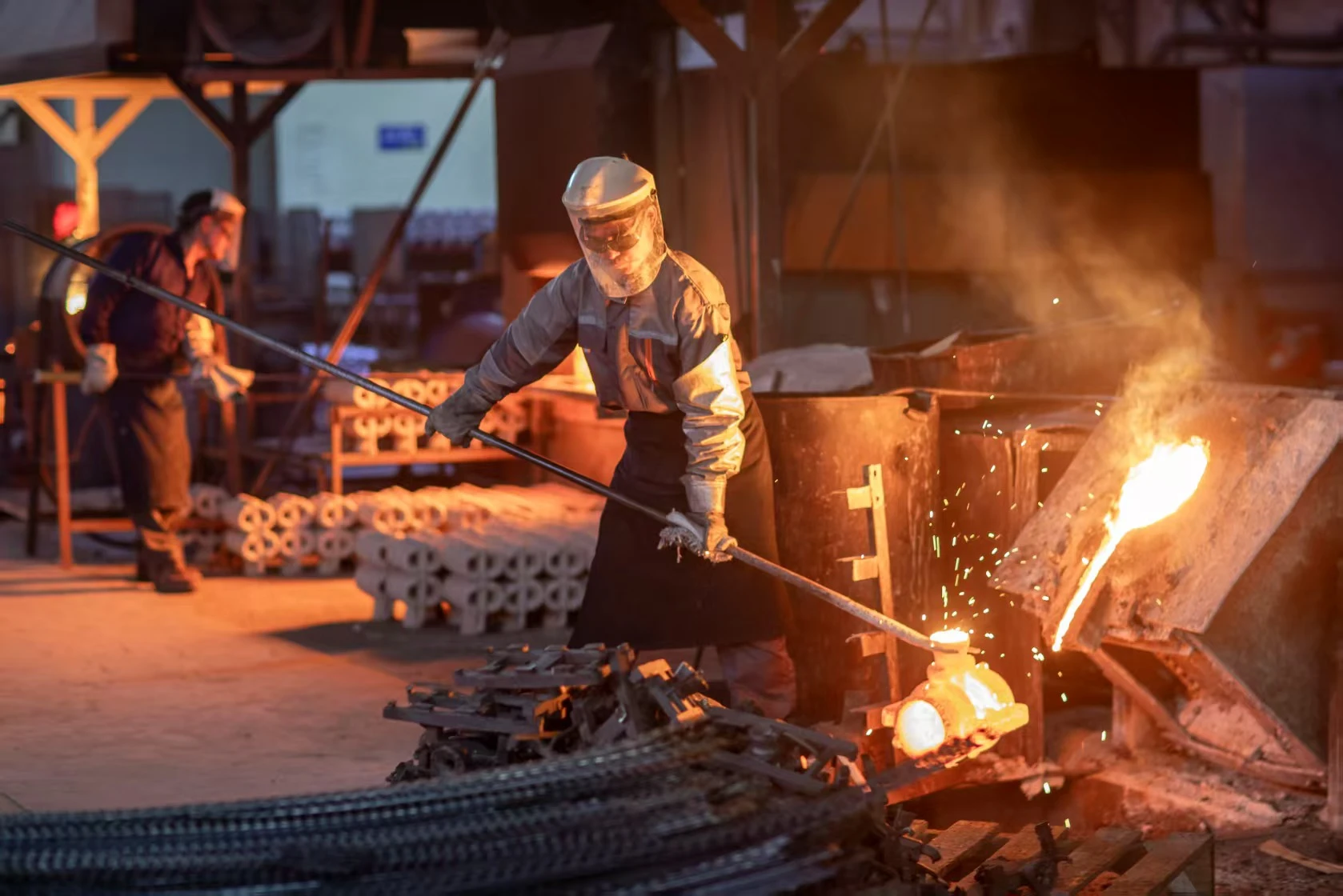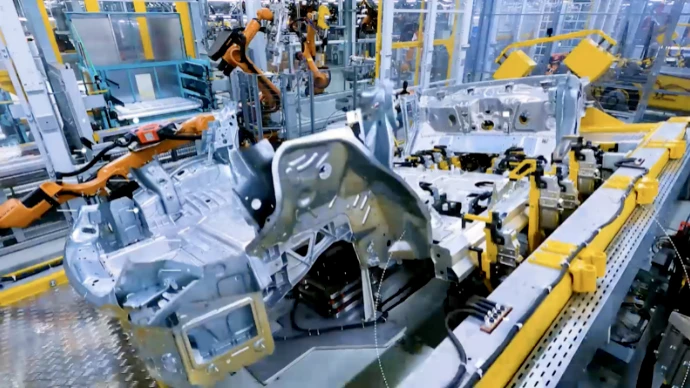Investment Precision Casting Factory - Custom High-Precision Parts
- Industry-defining technical advantages of precision casting
- Performance data comparison across material grades
- Global manufacturer capabilities assessment
- Component customization strategies for specific industries
- Performance validation through application case studies
- Quality assurance protocols in precision casting
- Future manufacturing trends and strategic implementation

(investment precision casting factory)
Investment Precision Casting Factory: Engineering Excellence Fundamentals
Modern investment precision casting factories leverage cutting-edge technology to produce components with tolerances as tight as ±0.005 inches (±0.127mm). Unlike conventional manufacturing methods, precision lost wax casting delivers complex geometries unreachable through machining or stamping. Industry analyses reveal that components manufactured using advanced investment casting techniques demonstrate 30-40% higher fatigue strength than those produced through sand casting methods, enabling superior performance in critical applications.
The manufacturing workflow integrates seven specialized stages including advanced wax injection using temperature-controlled systems, ceramic shell building with proprietary formulations, and vacuum-assisted casting processes. Precise dimensional control maintains accuracy within 0.15% of specified dimensions across production batches. This technological sophistication allows aerospace manufacturers to achieve 17:1 surface-area-to-wall-thickness ratios impossible through other methods.
Material Science Applications in Critical Components
Investment casting factories select alloys based on rigorous application requirements and performance validation. High-temperature nickel superalloys like IN-718 maintain structural integrity up to 1,300°F (704°C) while cobalt-chrome alloys demonstrate exceptional corrosion resistance in marine environments. Material selection directly impacts component lifespan, with specialized grades lasting 3-5 years longer in aggressive operating conditions than standard alloys.
| Material Grade | Tensile Strength (ksi) | Max Service Temp (°F) | Corrosion Resistance | Typical Applications |
|---|---|---|---|---|
| 17-4PH Stainless | 170-195 | 600 | High | Valve bodies, pump impellers |
| Cobalt-6A | 220-240 | 1,800 | Exceptional | Turbine blades, extrusion dies |
| Inconel 718 | 185-220 | 1,300 | Excellent | Rocket components, heat shields |
| Aluminum A356 | 38-40 | 400 | Moderate | Housings, structural brackets |
Material traceability protocols exceed AS9100 standards, with full chemical composition documentation maintained for critical components. Foundries implement spectrographic analysis on all incoming materials, rejecting batches failing 0.05% alloy specification variance thresholds. The latest phase analysis technology identifies intermetallic compound formation before casting begins, preventing field failures.
Global Manufacturer Capabilities Evaluation
Industry benchmarking reveals substantial capability differences across investment casting facilities that impact production outcomes. Leading facilities feature Class 100 clean rooms for critical components, robotic shell dipping systems, and HIP (Hot Isostatic Pressing) equipment that reduces porosity by 99.3%. Facilities lacking advanced infrastructure frequently experience 7-12% higher scrap rates due to environmental contamination.
Production capacity varies significantly between manufacturers. While mid-tier suppliers typically handle annual outputs of 25-50 tons, industry-leading precision casting factories deliver over 300 tons annually while maintaining defect rates below 0.2%. Technical resource allocation directly impacts capability with premier facilities employing metallurgists and stress analysis specialists that reduce engineering change orders by 65% during product development.
Customization Engineering for Industry-Specific Applications
Precision lost wax casting factories implement structured DFM (Design for Manufacturing) protocols to optimize component geometries for specific operational environments. Aerospace designs incorporate thin-wall sections down to 0.020 inches (0.5mm) with tolerance stack analysis, while oil & gas components feature pressure integrity simulations validating 15,000 PSI performance before mold creation. The methodology reduces product development cycles by 40% compared to traditional prototyping approaches.
Facilities supporting military hardware production maintain ITAR compliance and AS/EN9100 certifications. Such manufacturers deploy encrypted CAD data transfer systems and material control procedures ensuring traceability from raw material sourcing through final inspection. Production certification includes comprehensive dimensional reports verifying 100% drawing requirement compliance.
Digital pattern replication enables complex component recreation without original tooling. Through 3D scanning and CNC pattern fabrication, factories reproduce legacy parts within ±0.001 inch accuracy – particularly valuable in defense and aerospace sectors where original manufacturers may no longer exist.
Documented Performance in Critical Applications
Gas turbine blades manufactured through precision lost wax casting demonstrate measurable performance advantages in power generation installations. Field data indicates a 9.7% efficiency improvement compared to blades produced through alternative manufacturing methods, directly attributable to surface finish quality achieving Ra≤50 µin profiles that optimize airflow characteristics. Component lifespan extends 3,000 hours beyond design specifications in demanding turbine environments.
Medical device manufacturers report significant improvements using investment cast surgical components. Implants produced using advanced ceramic shell techniques achieve porosity levels below 0.1% critical for bacterial colonization resistance. Surface testing validates that such components meet 32 RMS surface finish standards required for biocompatibility.
Failure analysis conducted on chemical processing equipment components reveals investment cast valves withstand chloride corrosion at 4x the operational lifespan of sand cast equivalents. This translates to 9-year service intervals compared to 2-3 year replacement cycles with alternative manufacturing techniques.
Integrated Quality Management Systems
Advanced precision casting factories implement statistical process control with real-time monitoring systems tracking 42 distinct manufacturing parameters. Temperature sensors in melting furnaces detect ±10°F variations while humidity controls maintain ±1% RH in wax injection areas. This comprehensive monitoring eliminates 75% of dimensional drift issues common in conventional foundry operations.
Automated inspection technology includes laser scanning stations performing full-geometry verification against CAD models. Critical aerospace components undergo CT scanning detecting discontinuities down to 0.0002 inches (5 microns). Facilities maintaining NADCAP accreditation show significantly lower non-conformance rates – typically 0.21 defects per million opportunities compared to 3.8 at non-accredited manufacturers.
Quality documentation systems generate complete digital histories including metallurgical reports, mechanical test data, dimensional records, and heat treatment profiles. This comprehensive traceability allows rapid root cause analysis within 3 working days versus industry average of 3 weeks, significantly reducing production disruptions.
Precision Casting Factory Strategic Value Analysis
Forward-looking precision casting factories increasingly incorporate Industry 4.0 technologies for sustained competitive advantage. Automation integration yields 34% faster production cycles and material consumption reductions of 18% through optimized gating designs. Strategic suppliers implement predictive maintenance protocols analyzing equipment vibration signatures that decrease unplanned downtime by 62% compared to manufacturers relying on scheduled maintenance alone.
Industry projections indicate investment casting applications will expand 5.2% annually through 2028, with specialized alloys gaining adoption in next-generation applications. Facilities with vacuum melting capabilities report 73% higher capacity utilization than conventional operations. Production data analytics identify patterns undetectable through manual inspection – premium suppliers now flag dimensional deviations 1.5 production cycles earlier than industry standards.
Technical partnership considerations extend beyond production to metallurgical research collaboration between customer engineering teams and foundry specialists. This cooperation typically yields component weight reductions of 12-18% while maintaining structural integrity and increases fatigue resistance by an average of 23%. Facilities maintaining specialized test laboratories prove instrumental in optimizing manufacturing parameters for demanding applications.

(investment precision casting factory)
FAQS on investment precision casting factory
Here are 5 sets of investment precision casting factory FAQs in the requested HTML format:Q: What is an investment precision casting factory?
A: An investment precision casting factory specializes in the lost wax process to create highly accurate metal components. This facility produces complex, near-net-shape parts requiring minimal machining. It's the premier solution for intricate geometries in industrial manufacturing.
Q: What materials can a precision lost wax casting factory handle?
A: Such factories commonly work with stainless steels, carbon steels, superalloys, aluminum, and bronze. Advanced facilities handle specialty materials like titanium and cobalt-chrome alloys. Material selection depends on application requirements and industry specifications.
Q: Which industries use precision casting factory services?
A: Aerospace, defense, medical, automotive, and energy sectors heavily utilize these services. Factories serve industries requiring complex turbine blades, surgical implants, and high-tolerance valves. Precision casting supports components demanding structural integrity under extreme conditions.
Q: How do investment precision casting factories control quality?
A: They implement rigorous procedures including X-ray inspection, CMM measurement, and metallurgical testing. Process certifications like NADCAP and ISO 9001 ensure standards compliance. Each production batch undergoes dimensional verification and material property validation.
Q: What advantages do precision casting factories offer over machining?
A: They significantly reduce material waste and machining costs for complex parts. Precision casting enables consolidated designs by combining multiple components into single castings. This method achieves intricate internal features impossible through subtractive manufacturing.
-
OEM Sand Cast Pump Valve Fittings - Baoding Hairun Machinery | Precision Engineering, CustomizationNewsJul.22,2025
-
OEM Sand Cast Pump Valve Fittings-Baoding Hairun Machinery|Precision Engineering,Industrial ApplicationsNewsJul.21,2025
-
OEM Sand Cast Pump Valve Fittings-Precision Engineering|Green Sand Casting&Industrial ApplicationsNewsJul.21,2025
-
OEM Sand Cast Pump Valve Fittings-Precision Engineering|Green Sand Casting&Industrial ApplicationsNewsJul.21,2025
-
OEM Sand Cast Pump Valve Fittings-Precision Engineering|Green Sand Casting&Industrial ApplicationsNewsJul.21,2025
-
OEM Sand Cast Pump Valve Fittings | Baoding Hairun Machinery And Equipment Trading Co., Ltd.NewsJul.21,2025















